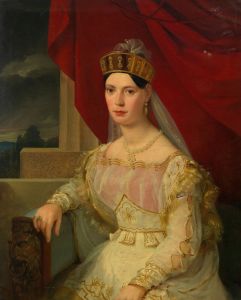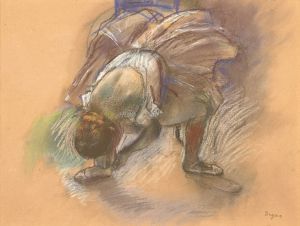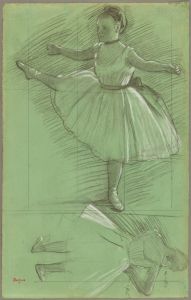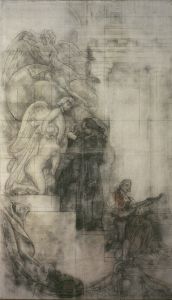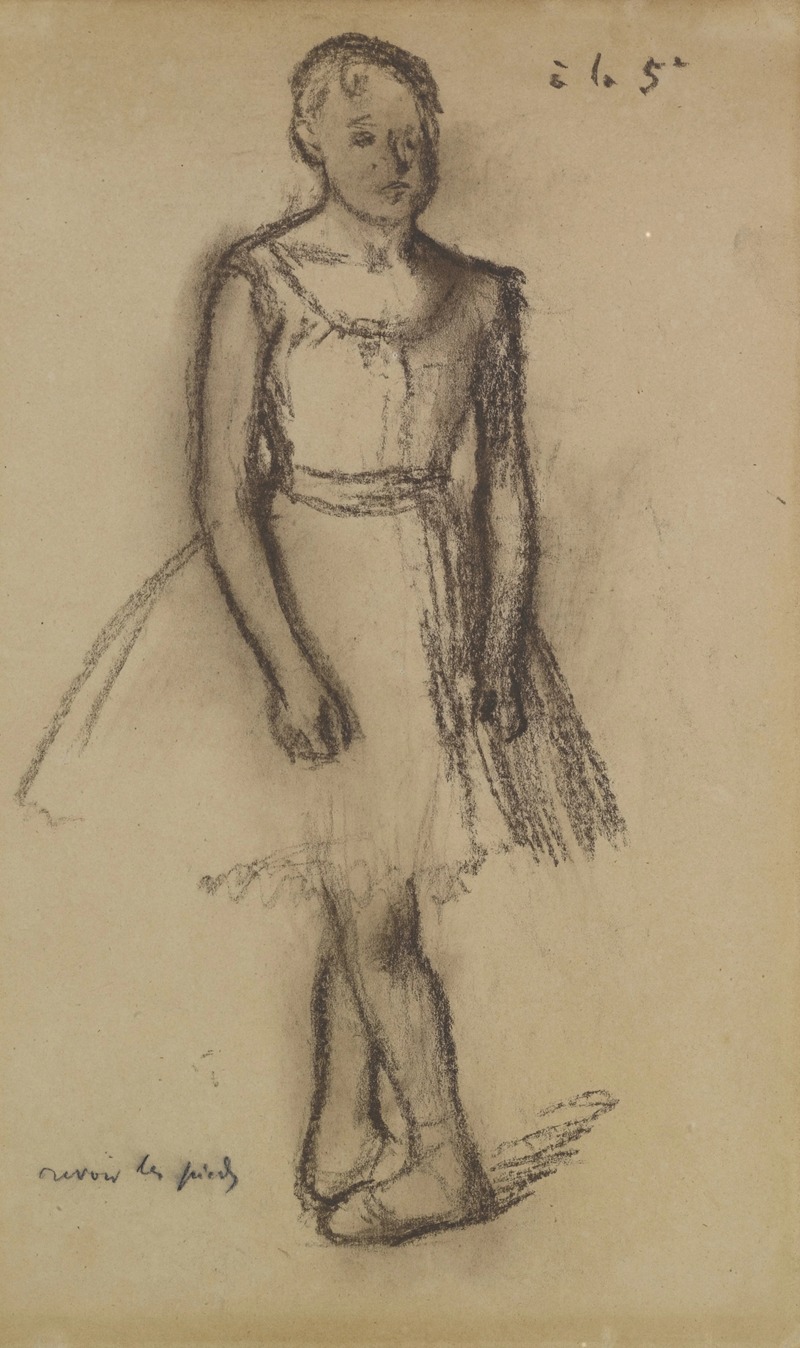
Danseuse en cinquième position
A hand-painted replica of Edgar Degas’s masterpiece Danseuse en cinquième position, meticulously crafted by professional artists to capture the true essence of the original. Each piece is created with museum-quality canvas and rare mineral pigments, carefully painted by experienced artists with delicate brushstrokes and rich, layered colors to perfectly recreate the texture of the original artwork. Unlike machine-printed reproductions, this hand-painted version brings the painting to life, infused with the artist’s emotions and skill in every stroke. Whether for personal collection or home decoration, it instantly elevates the artistic atmosphere of any space.
Edgar Degas, a prominent French artist known for his contributions to the Impressionist movement, created numerous works that captured the grace and dynamism of ballet dancers. Among these works is "Danseuse en cinquième position," which translates to "Dancer in Fifth Position." This piece exemplifies Degas's fascination with the world of ballet and his ability to portray the elegance and discipline of dancers.
Degas was born in Paris in 1834 and became renowned for his innovative approach to painting and sculpture. He was particularly interested in capturing movement and the human form, often focusing on subjects like dancers, racehorses, and women at work. His works are characterized by their vivid colors, dynamic compositions, and the use of light and shadow to create depth and texture.
"Danseuse en cinquième position" is one of Degas's many studies of ballet dancers, a subject he returned to repeatedly throughout his career. The painting depicts a dancer in the fifth position, one of the fundamental poses in classical ballet. In this position, the dancer's feet are turned out and pressed closely together, with one foot in front of the other, creating a strong and balanced stance. This pose is a testament to the discipline and precision required in ballet, qualities that Degas sought to capture in his work.
Degas's interest in ballet was not merely aesthetic; it also reflected his fascination with the behind-the-scenes world of the dance. He often depicted dancers rehearsing, stretching, or resting, providing a glimpse into the rigorous training and dedication required to achieve the seemingly effortless grace displayed on stage. His works reveal the physical demands placed on dancers, as well as the moments of quiet reflection and preparation that occur away from the spotlight.
In "Danseuse en cinquième position," Degas employs his signature style, using pastels to create a soft yet vibrant depiction of the dancer. The use of pastels allowed Degas to blend colors seamlessly, capturing the delicate textures of the dancer's costume and the subtle play of light on her skin. This medium also enabled him to convey the fluidity and movement inherent in the dancer's pose, bringing the figure to life on the canvas.
Degas's ballet paintings, including "Danseuse en cinquième position," are celebrated for their ability to convey the beauty and complexity of dance. They offer viewers a window into the world of ballet, highlighting both the artistry and the discipline that define this timeless form of expression. Through his work, Degas not only immortalized the dancers of his time but also contributed to a broader appreciation of ballet as an art form.
Today, Degas's works are held in high regard and can be found in major museums and private collections around the world. His paintings and sculptures continue to inspire artists and captivate audiences, underscoring his enduring legacy as a master of capturing the human form in motion. "Danseuse en cinquième position" remains a testament to Degas's skill and his deep appreciation for the art of dance, offering a timeless glimpse into the world of ballet.





